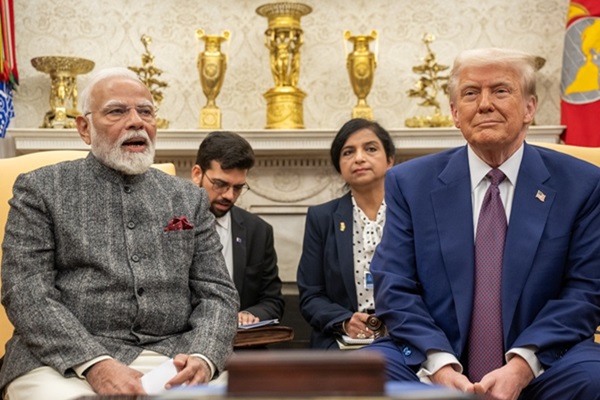.png)

Ajay Srivastava, founder of Global Trade Research Initiative, is an ex-Indian Trade Service officer with expertise in WTO and FTA negotiations.
May 29, 2025 at 7:20 AM IST
On May 28, 2025, the US Court of International Trade ruled that former President Donald Trump’s “Liberation Day” tariffs — which imposed a 10% baseline duty on most imports and country-specific tariffs on goods from 57 countries, including 26% on India — were illegal under the International Emergency Economic Powers Act, as trade deficits do not meet the “unusual and extraordinary threat” threshold required to invoke such emergency powers.
This ruling blocks a major element of Trump’s trade strategy, though Section 232 tariffs on steel and automotive imports remain unaffected.
While the Trump administration has postponed reimposing the country-specific tariffs until July 8, 2025, it is actively pressuring countries to make concessions, including unilateral tariff cuts and expanded purchases of US goods, to avoid these tariffs.
Under this pressure, the UK signed a bilateral trade agreement on May 8, 2025, cutting tariffs on over 2,500 US products, removing duty on the US ethanol, and increasing Boeing purchases — while the US offered tariff cuts on fewer than 50 UK products, most only reduced to the baseline 10% (not zero).
India is reportedly preparing to eliminate tariffs on thousands of products including automobiles, and agriculture, open its government procurement market, weaken intellectual property and data laws to benefit US tech and pharma companies, and allow more foreign market access, including approving Starlink’s satellite internet — mostly as one-sided concessions. But such a deal lacks balance and fairness.
India should resist any agreement shaped by threats or based on unlawful measures. Not only do these Trump-era tariffs violate World Trade Organization rules, but the US court has now confirmed they also breach US domestic law. With the Trump tariffs standing on shaky legal ground, India must pause and reassess its negotiation strategy before committing to an FTA that could disproportionately favor US interests.




